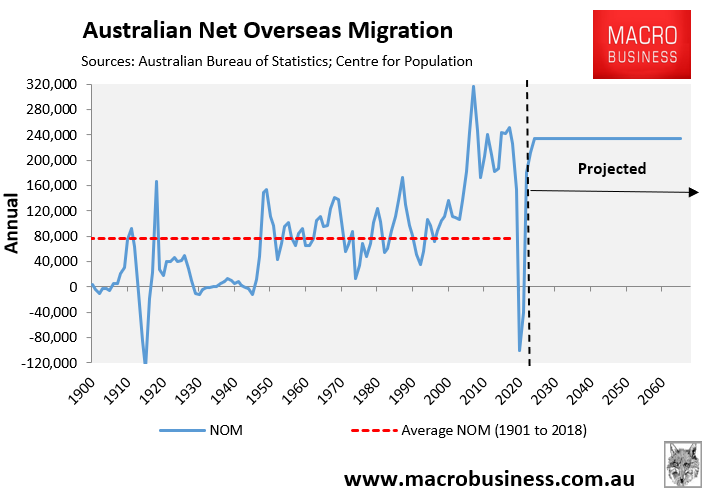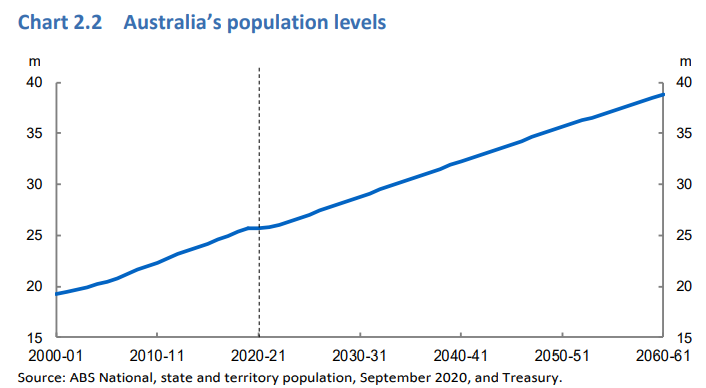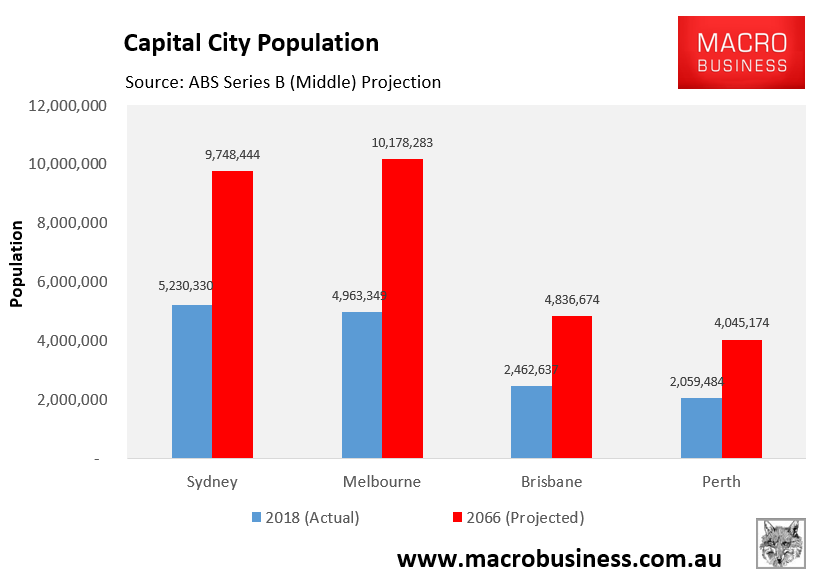“Nearly every developed country has had record-low interest rates, supply constraints and government subsidisation for housing”, LongView executive chair Evan Thornley said.
“What sets Australia apart is its consistently high population growth rates and urban concentration. Australian cities are unusual – they are few, they are large, and they all have dense CBDs and expansive suburbs with not much in between”.
“Land appreciates, buildings depreciate – and Australia’s population dynamics mean our land appreciates faster and more consistently than almost anywhere else in the developed world”, Thornley said.
The research shows that Australia’s population growth between 1982 and 2022 was second only to Israel, with much of that driven by high rates of immigration.
PEXA chief executive Glenn King also argued that Australia’s cities are becoming too big, which is eroding living standards.
“Many first home buyers, who are forced to buy far from the centre of cities, are denied the opportunities that may increase their quality of life, including access to the higher paying jobs that are in the central city and employment hubs”, King said.
“Put simply, our largest cities are now too big for this”.
It is great to see the elephant in the room finally being acknowledged. It also leads one to question why the Albanese Government is pursuing the biggest immigration program in this nation’s history?
The fundamental reason why Australia has been caught short on housing and infrastructure is because the nation’s population swelled on the back of 15 years of extreme immigration:

Australia’s net overseas migration (NOM) jumped from an average of 89,000 between 1991 and 2004 to an average of 215,000 between 2005 and 2020 – an annual average increase in immigration of 140%.
The Intergenerational Report projected that Australia’s population will swell by 13.1 million people (~50%) over 40 years to 38.8 million people – equivalent to adding a combined Sydney, Melbourne and Brisbane to Australia’s current population. And this will be driven by projected annual net overseas migration of 235,000 – i.e. 20,000 a year higher than what occurred between 2005 and 2020.

In turn, Melbourne and Sydney will be turned into mega cities of around 10 million people each:
Living standards will be trashed, with future Australians being forced to pay more to live in a dogbox apartment (instead of a house) or live on a postage-stamped sized block miles away from anything, as well as being gouged to use new infrastructure (e.g. toll roads) that wouldn’t be needed without said mass immigration.
The fact remains that as long as Australia’s population grows like a science experiment, we will forever suffer from housing and infrastructure shortages, and living standards will degrade.


